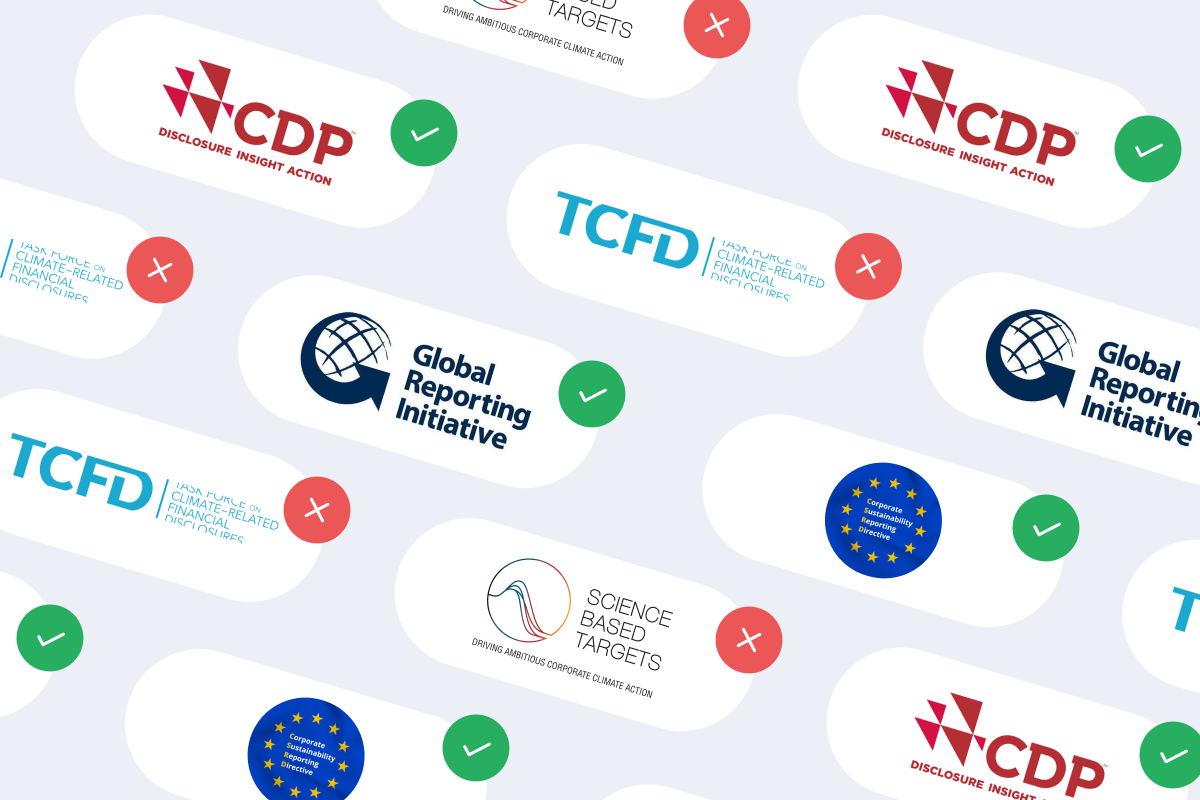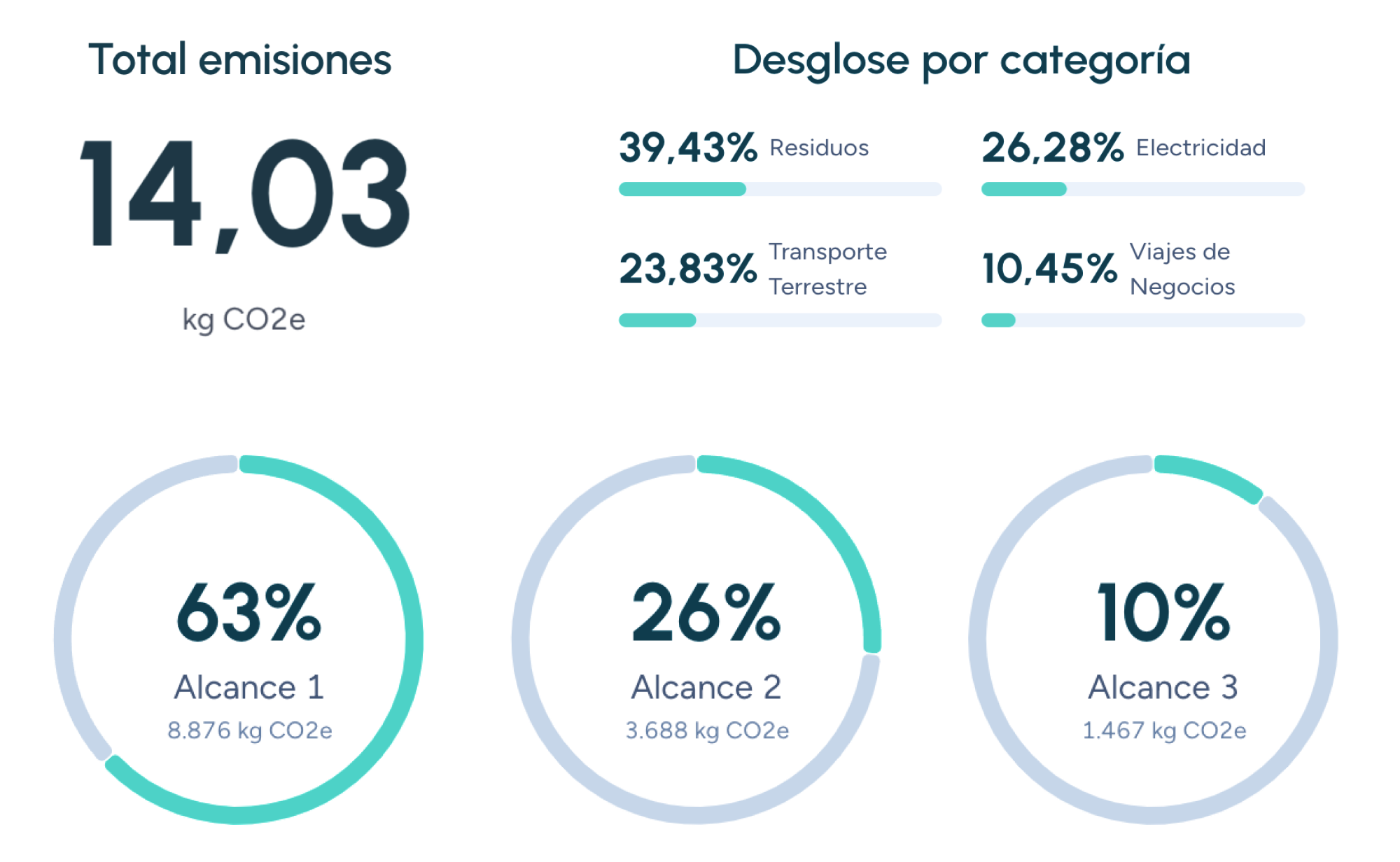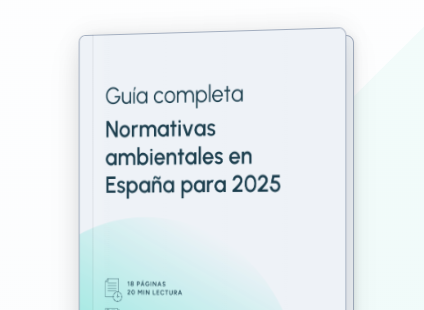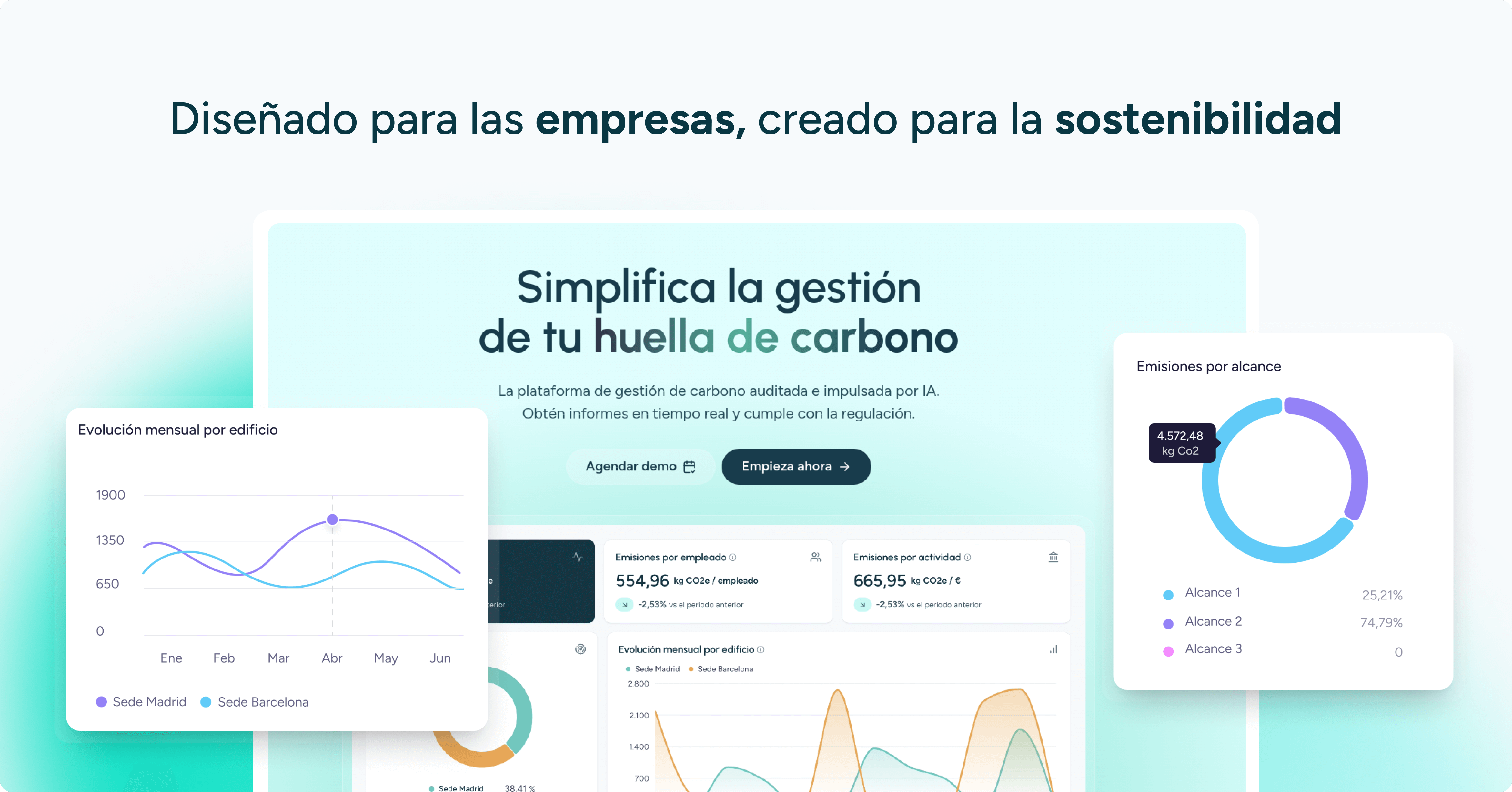Embodied Carbon
Embodied carbon is the total amount of greenhouse gas (GHG) emissions associated with the extraction, processing, manufacturing, transportation and installation of materials in a product or infrastructure before it is put into use, as well as those derived from maintenance and end-of-life processes. It is particularly relevant in sectors such as construction, where it can represent up to 50% of the total climate impact.
Scope of Embodied Carbon
- Upfront carbon: pre-use emissions (A1–A5 under EN 15978).
- Maintenance carbon: replacements and repairs (B2–B5).
- End-of-life carbon: demolition, transport, recycling or landfill (C1–C4).
Calculation Methods
- Life Cycle Assessment (LCA) according to ISO 14044 and EN 15804.
- Databases: Ecoinvent, ICE, Environmental Product Declarations (EPDs).
- Construction tools: OneClick LCA, Athena, Tally.
Key Indicators
- kg CO₂e/m² of construction (buildings).
- kg CO₂e/t of material (steel, concrete, glass).
- % reduction vs. baseline (LEED, BREEAM standards).
Regulations and Standards
- France’s RE2020 and the Netherlands’ MPG regulations limiting embodied carbon.
- EN 15978: environmental performance assessment of buildings.
- RIBA 2030 Climate Challenge: carbon-intensity targets < 500 kg CO₂e/m².
Relationship to Other Concepts
- Operational carbon: emissions generated during the use phase; embodied carbon covers the pre-use and end-of-life stages.
- Product decarbonisation and ecodesign: strategies aimed at minimising embodied emissions.
Reducing embodied carbon is essential for achieving climate neutrality, especially in material-intensive sectors. Measuring and optimising it from the design phase helps avoid emissions that cannot be mitigated later on.
Companies that already trust manglai





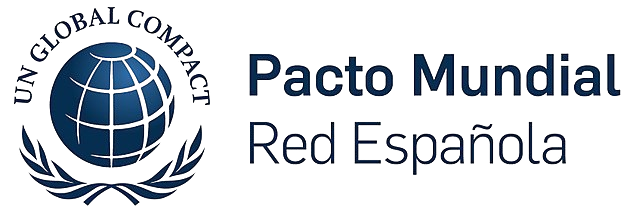








Blue Water Footprint
The blue water footprint represents the volume of surface and groundwater withdrawn from rivers, lakes, reservoirs, and aquifers to produce goods and services.
Blue Water Scarcity
Blue water scarcity is an indicator that compares the consumption of surface and groundwater resources (blue water footprint) with the availability of renewable freshwater within a river basin over a specific period.
Blue carbon
Blue carbon refers to the carbon stored in coastal and marine ecosystems, such as mangroves, seagrass meadows, and salt marshes.
Guiding businesses towards net-zero emissions through AI-driven solutions.
© 2025 Manglai. All rights reserved
Política de Privacidad